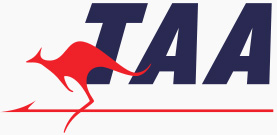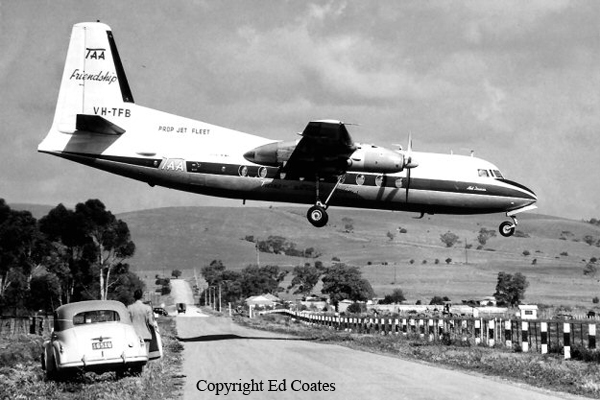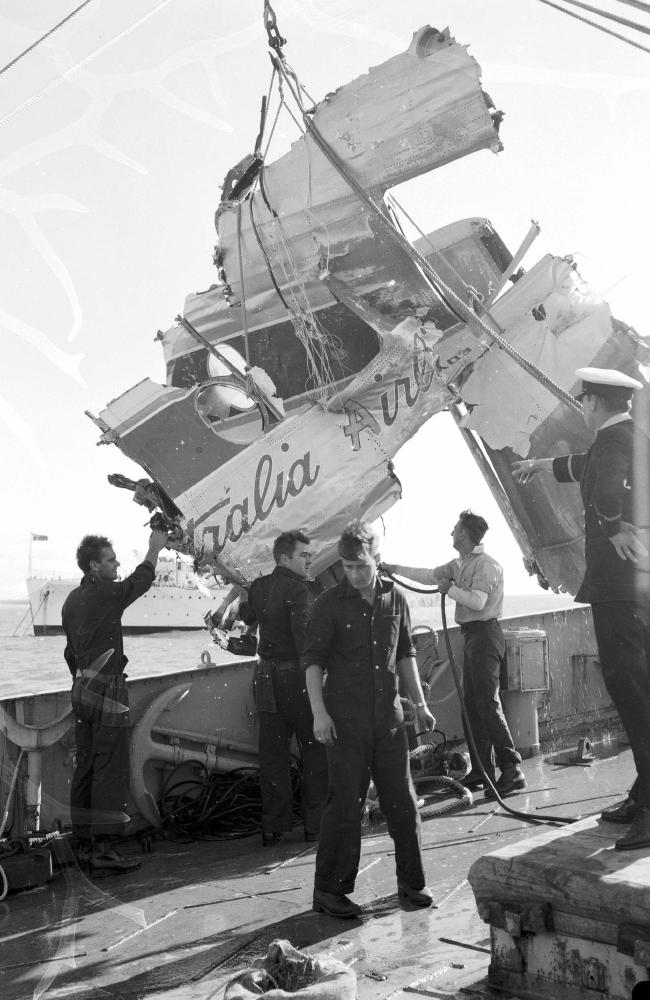Crash of a Swearingen SA226AC Metro II in Mackay
Date & Time:
Apr 14, 1993 at 0525 LT
Registration:
VH-UZS
Survivors:
Yes
Schedule:
Brisbane - Mackay
MSN:
TC-320
YOM:
1979
Crew on board:
1
Crew fatalities:
Pax on board:
0
Pax fatalities:
Other fatalities:
Total fatalities:
0
Captain / Total hours on type:
181.00
Circumstances:
The aircraft was operating a freight charter flight, cruising normally at an altitude of 20,000 ft (FL200), when, about 150 km south-east of Mackay, the left engine lost power and could not be restarted. During the subsequent landing on runway 14 at Mackay, the pilot attempted a single engine go-around when he suddenly had the (mistaken) impression that the landing gear was not down. He temporarily lost control of the aircraft but recovered to touch down on the flight strip to the left of the runway, some 500 m before the runway end. During the landing roll, the landing gear collapsed and the aircraft sustained substantial damage.
Probable cause:
The report concludes that the engine power loss was caused by failure of the fuel pump high pressure relief valve. The pilot, believing that the landing gear was still retracted, initiated action to avoid a wheels-up landing. This action was initiated too late in the landing approach for a successful outcome.
Final Report:













